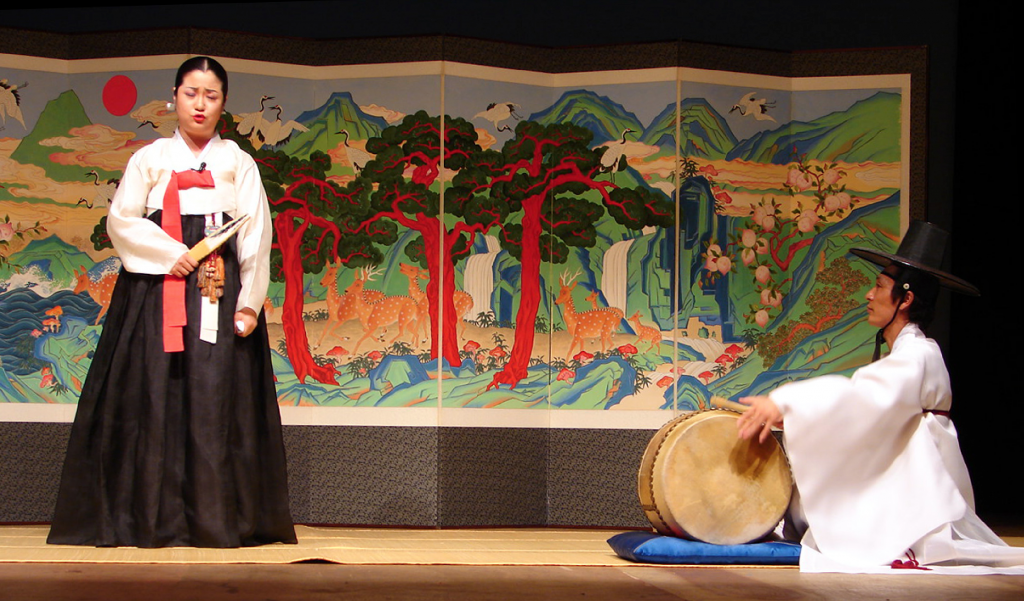The Chunhyang Festival is held every April in Namwon, celebrating the famous folktale of Chunhyang. Attendees enjoy traditional music, colorful parades, swing riding, sijo poetry, participate in old-school games and watch a beauty contest where local females dress up in hanbok. In previous years, SHINee and other Kpop artists performed at the festival. Can't wait to attend the festival? Watch the recap below from 2012:
The Pungmul Parade (Korean folk music) from the Chunhyang Festival 2012:
Dear SHINee fans, here's your hubbies performing at the event:
More about the Chunhyang Festival:
Korea Tourism
Seoul Magazine
RELATED CONTENT

14 Korean Celebs Playing the Pepero Kiss Game





















